6 Views
Nobody Told Renault That It's Backwards Day
by
Derek Kreindler
(IC: employee)
Published: February 18th, 2014
Share
Just when it looked like Citroen had a lock on weird, funky French cars, rival Renault has come out swinging with their new Twingo A-Segment car.
Unlike previous Twingos, which had a transverse layout, the new one has a rear-engined, rear-drive setup, like the best Porsches, Fiat 500s and wide-arched Renault hot hatches. TTAC’s Europhiles will be pleased to know that we are actually getting the Twingo, but not in a Renault wrapper – thanks to a platform sharing agreement with Daimler, the Twingo will underpin the next Smart. Meanwhile in Bavaria, a front-drive BMW is coming. Who would have thought?
Derek Kreindler
More by Derek Kreindler
Published February 18th, 2014 11:20 AM
Latest Car Reviews
Read moreLatest Product Reviews
Read moreRecent Comments
- FreedMike Your Ford AI instructor:
- Jeff Good find I cannot remember when I last saw one of these but in the 70s they were all over the place.
- CoastieLenn Could be a smart move though. Once the standard (that Tesla owns and designed) is set, Tesla bows out of the market while still owning the rights to the design. Other companies come in and purchase rights to use it, and Tesla can sit back and profit off the design without having to lay out capital to continue to build the network.
- FreedMike "...it may also be true that they worry that the platform is influencing an entire generation with quick hits of liberal political thought and economic theory."Uh...have you been on TikTok lately? Plenty of FJB/MAGA stuff going on there.
- AZFelix As a child I loved the look and feel of the 'woven' black vinyl seat inserts.

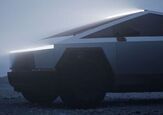
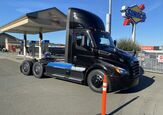
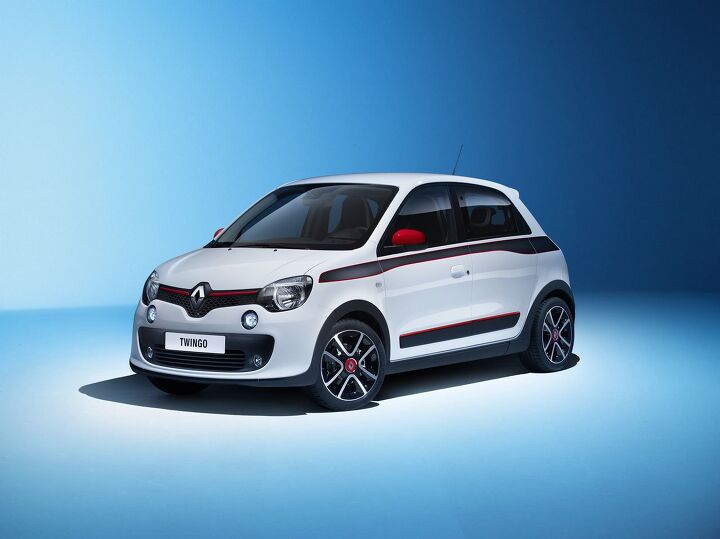
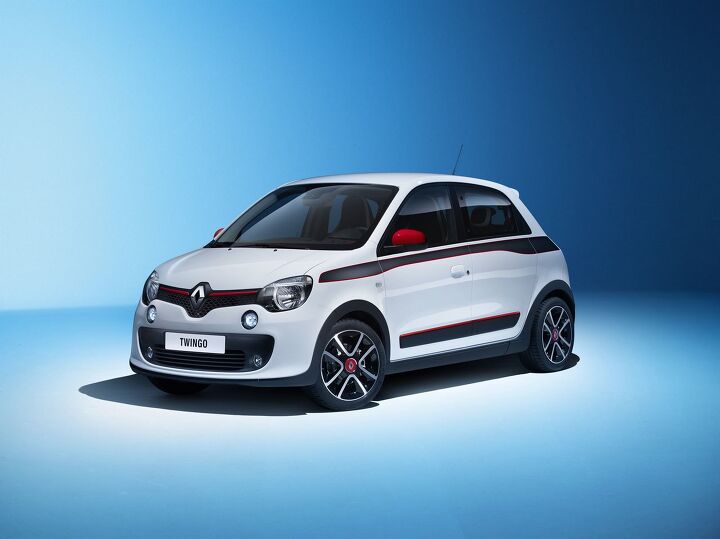




















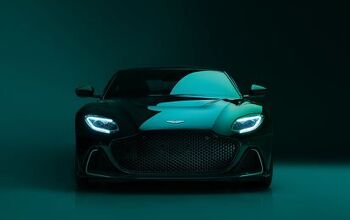


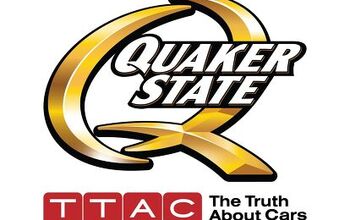
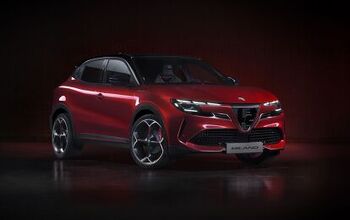
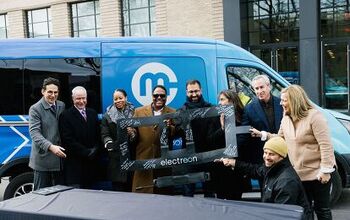
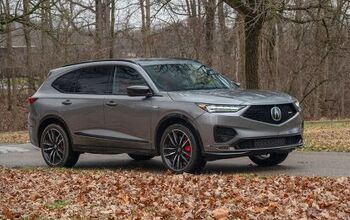
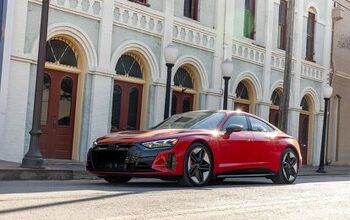
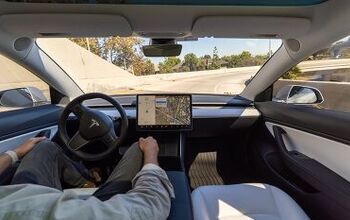
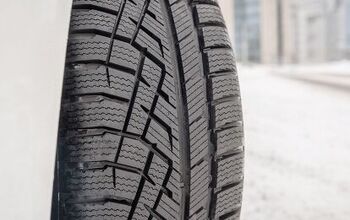
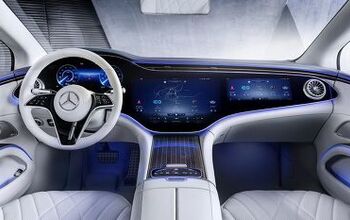
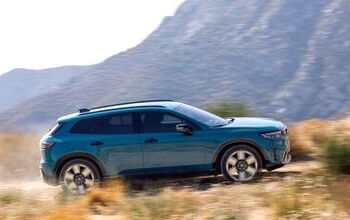
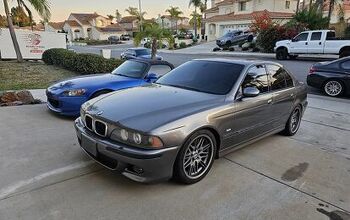
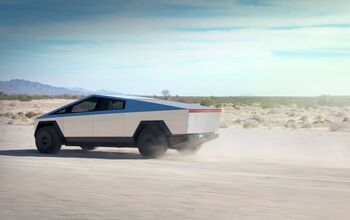
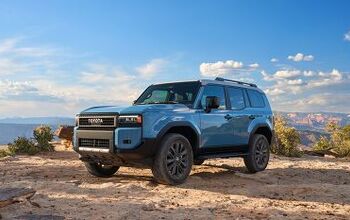

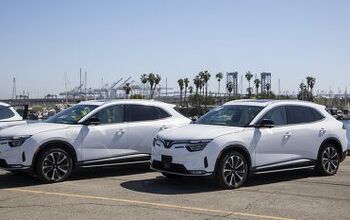
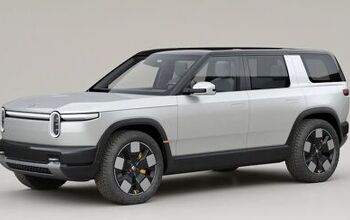
Comments
Join the conversation
That's the VW Up I was waiting for, had VW some balls to be true to its own concept. Light, compact, rwd... Sign me up.
Very interesting. With a modern tiny engine it should still have plenty of cargo space in the back. And with no engine in the front it should not need power steering. Electronic stability control will keep it from being unruly. A nice example of French lateral thinking!